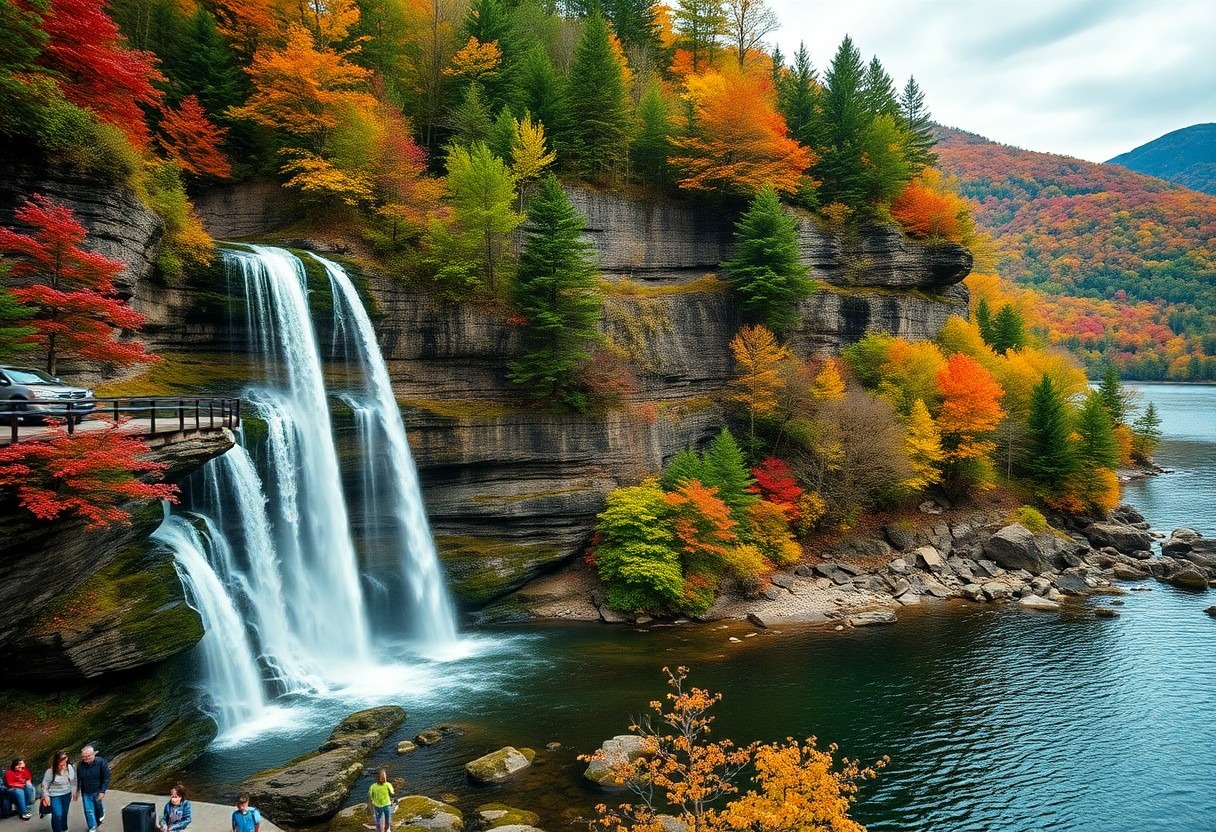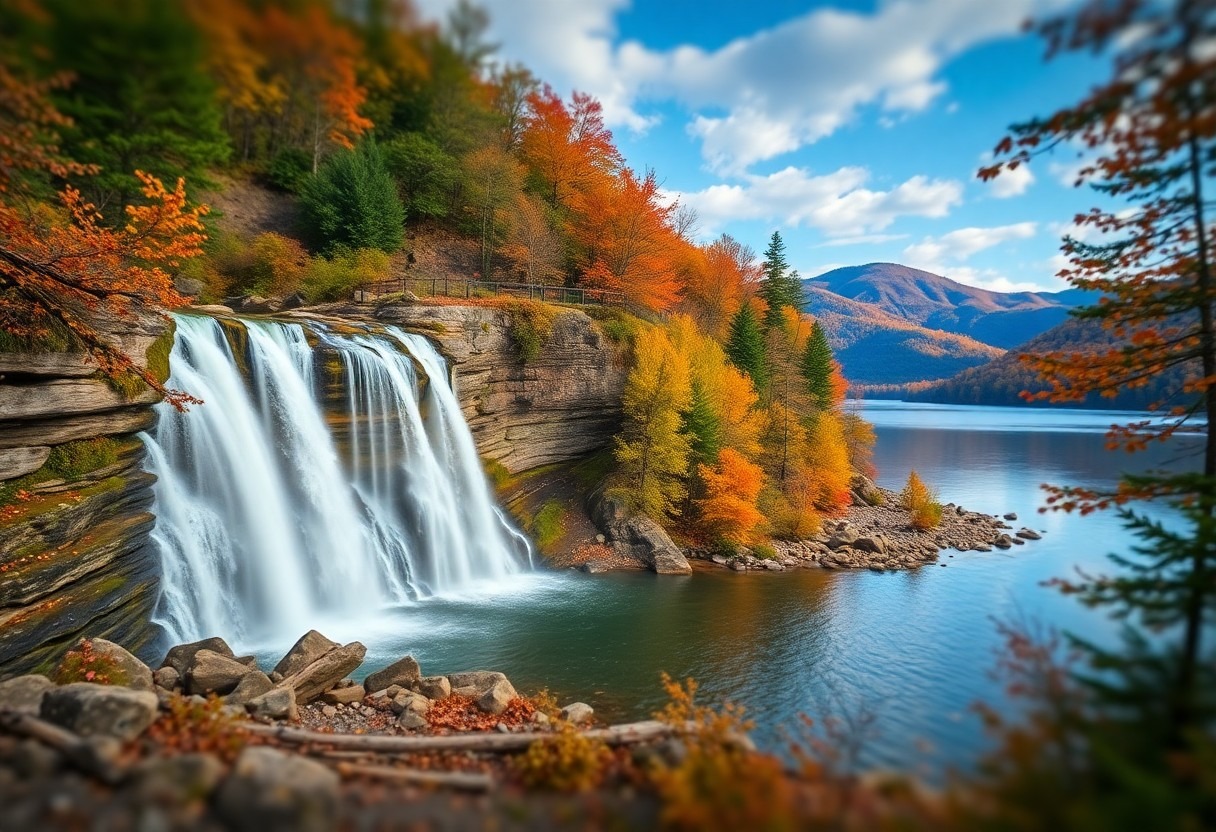Comprehensive Understanding of Shoulder Tendonitis: Uncovering Causes, Symptoms, and Proven Treatment Approaches
Shoulder tendonitis is not just a common ailment; it is a potentially debilitating condition that can severely impact the daily routines of many people. This painful disorder stems from the inflammation of the tendons surrounding the shoulder joint, typically instigated by overuse or specific injuries. The resultant inflammation leads to discomfort, stiffness, and a restricted range of motion, making even simple tasks like reaching for an item or lifting an object incredibly challenging. For those involved in professions or sports that require extensive shoulder use, a deep understanding of shoulder tendonitis is essential, as it can significantly diminish their overall quality of life and hinder their ability to engage in everyday activities without discomfort.
As we delve into the intricacies of shoulder tendonitis, it’s important to acknowledge its widespread prevalence and the various demographics it affects, including individuals from different age groups and lifestyles. The shoulder joint’s impressive mobility allows for a broad range of activities, yet this same flexibility predisposes it to injuries. The rotator cuff, a crucial group of muscles and tendons, is integral to stabilizing the shoulder while facilitating smooth arm movements. When these tendons become irritated or inflamed, it can lead to debilitating shoulder tendonitis. This underscores the necessity of early detection and effective management strategies to mitigate its detrimental effects on daily life.
Key Insights on Shoulder Tendonitis: Essential Information You Should Have
- Shoulder tendonitis is marked by the inflammation of shoulder tendons, which results in pain and limited movement.
- Common causes include repetitive overhead movements, overuse, and poor posture, all of which can lead to chronic symptoms.
- Primary symptoms include persistent pain, stiffness, and weakness in the shoulder area, significantly disrupting daily activities.
- Diagnosis generally involves a comprehensive physical examination, imaging tests, and sometimes shoulder arthroscopy to ensure a thorough assessment.
- Non-surgical treatment options such as rest, physical therapy, and anti-inflammatory medications are often effective in managing shoulder tendonitis.
 Identifying Key Contributing Factors to Shoulder Tendonitis for Enhanced Prevention Strategies
Identifying Key Contributing Factors to Shoulder Tendonitis for Enhanced Prevention Strategies
The factors contributing to shoulder tendonitis are numerous and often interrelated. A prominent cause is the prevalence of repetitive overhead activities, which many athletes and laborers regularly perform. Sports such as swimming, tennis, and baseball involve frequent shoulder movements that can lead to wear and tear on the tendons. Similarly, jobs that necessitate repetitive lifting or reaching overhead can significantly elevate the risk of developing this painful condition.
As individuals engage in these activities, they may unknowingly accelerate the gradual deterioration of their shoulder tendons, leading to inflammation and discomfort. Age-related degeneration also plays a pivotal role; as we age, our tendons naturally lose elasticity and strength, making them more susceptible to injury. Additionally, lifestyle choices, such as maintaining poor posture or not engaging in enough physical activity, can worsen these issues. Certain underlying medical conditions, such as diabetes and rheumatoid arthritis, can also increase the likelihood of developing shoulder tendonitis. By identifying these common causes, we can take proactive steps to protect our shoulder health and improve overall well-being.
Identifying the Main Symptoms of Shoulder Tendonitis for Early Diagnosis and Treatment
The symptoms linked with shoulder tendinitis can vary widely in intensity and may present differently in individuals. A key symptom of this condition is a persistent pain in the shoulder region, often exacerbated by specific movements or activities. This pain may manifest as either sharp or dull and can radiate down the arm or even into the neck, complicating routine tasks and reducing overall comfort.
When attempting to perform daily activities, such as reaching for objects or lifting items overhead, individuals may discover that their discomfort severely restricts their abilities, affecting both work and leisure activities. Stiffness in the shoulder joint, particularly after periods of inactivity, is another common symptom. This stiffness can further limit movement, leading to compensatory actions that may worsen the condition. Furthermore, swelling around the shoulder joint often accompanies tendonitis. Recognizing these symptoms early is vital for seeking prompt medical attention and preventing more serious complications from arising.
Thorough Diagnostic Methods for Accurate Identification of Shoulder Tendonitis
| Diagnostic Test | Accuracy | Cost |
|---|---|---|
| MRI | High | High |
| Ultrasound | Moderate | Moderate |
| Physical Examination | Low | Low |
The diagnostic process for shoulder tendonitis usually begins with a detailed medical history and a thorough physical examination conducted by a qualified healthcare professional. During this assessment, patients can expect to provide comprehensive information about their symptoms, including when they started and what specific activities may worsen their discomfort. The physician will conduct a series of tests to evaluate the range of motion and strength of the shoulder joint, which are essential for determining whether tendonitis is the primary issue or if another underlying condition is involved.
In some cases, advanced imaging studies such as X-rays or MRI scans may be necessary to confirm the diagnosis and rule out other potential problems like rotator cuff tears or arthritis. These imaging techniques provide crucial information about the condition of the shoulder’s structures, facilitating informed treatment decisions. By understanding the diagnostic process for shoulder tendonitis, individuals can grasp the importance of seeking professional evaluation when experiencing persistent shoulder pain.
 Exploring Non-Surgical Treatment Options for Effective Relief from Shoulder Tendonitis
Exploring Non-Surgical Treatment Options for Effective Relief from Shoulder Tendonitis
Healthcare professionals commonly recommend non-surgical treatment approaches as the first line of defense against shoulder tendonitis. One of the most effective strategies involves a combination of rest and modifications to daily activities. By minimizing or avoiding actions that aggravate symptoms, individuals grant their inflamed tendons the critical time necessary for healing and recovery. Additionally, applying ice to the affected area can substantially reduce swelling and alleviate pain, which is especially important during the initial recovery stages.
Over-the-counter anti-inflammatory medications can also be beneficial in managing discomfort during this initial phase. Moreover, engaging in physical therapy is vital in non-surgical treatment. A skilled physical therapist can design a personalized rehabilitation program aimed at strengthening the muscles surrounding the shoulder joint while improving flexibility and range of motion. Through targeted exercises and stretching routines, individuals can progressively regain strength and functionality in their shoulders. Additional therapeutic methods, including ultrasound therapy or electrical stimulation, may also be utilized to promote healing and reduce pain. By exploring these non-surgical options, individuals can actively engage in their recovery while minimizing the need for more invasive treatments.
Understanding Surgical Options for Chronic Shoulder Tendonitis: Key Information You Need to Know
If non-surgical treatments do not yield relief after several months or if significant damage to the shoulder structures is present, surgical options may become necessary. One commonly performed procedure for addressing shoulder tendonitis is arthroscopy. This minimally invasive technique enables surgeons to visualize and repair damaged tissues within the joint using small incisions and specialized instruments. During an arthroscopic procedure, any inflamed tissue or bone spurs contributing to the patient’s symptoms can be removed, promoting healing and restoring shoulder function.
In some cases, open surgery may be recommended for more extensive repairs or when additional conditions coexist with shoulder tendonitis. This approach involves larger incisions to grant better access to the shoulder joint for a thorough evaluation and treatment. While surgical procedures can effectively resolve chronic shoulder tendonitis, it’s imperative to carefully evaluate the potential risks and benefits in consultation with a healthcare provider. Furthermore, post-operative rehabilitation is essential for recovery, as individuals strive to regain strength and mobility in their shoulders.
 Proactive Measures for Preventing Shoulder Tendonitis and Supporting Joint Health
Proactive Measures for Preventing Shoulder Tendonitis and Supporting Joint Health
Preventing shoulder tendonitis is crucial for preserving overall shoulder health and avoiding the associated pain of this condition. One highly effective strategy is to engage in regular strength training exercises that specifically target the muscles surrounding the shoulder joint. By increasing strength in these muscles, individuals provide better support for their shoulders during various physical activities, thereby reducing the risk of injury.
Additionally, employing proper body mechanics during lifting or overhead movements is essential for minimizing strain on the shoulder area. Being conscious of one’s body and recognizing when rest is necessary can also help prevent chronic issues like tendonitis from developing. Disregarding pain signals or overtraining can lead to long-term complications. Furthermore, incorporating flexibility exercises into a regular fitness routine can help maintain optimal range of motion in the shoulders. Stretching before and after physical activities is beneficial in preventing tightness and minimizing injury risk. By implementing these proactive preventive strategies, individuals can significantly reduce their chances of developing shoulder tendonitis.
Dedication to Recovery and Rehabilitation: Your Path to Overcoming Shoulder Tendonitis
Recovering from shoulder tendonitis requires steadfast commitment to a structured rehabilitation program designed to restore function and alleviate pain. Initially, the focus will be on reducing inflammation through rest and the application of ice, gradually reintroducing gentle range-of-motion exercises under professional guidance. As recovery progresses, strengthening exercises become increasingly crucial for rebuilding muscular support around the shoulder joint.
Throughout this rehabilitation journey, it’s vital to remain attuned to the body’s signals and resist the urge to push too hard too soon. Regular follow-up appointments with healthcare professionals are essential for monitoring progress and making necessary adjustments to the rehabilitation plan. With dedication and adherence to a carefully crafted recovery strategy, individuals can anticipate regaining full functionality in their shoulders while minimizing the risk of future injuries related to tendonitis.
For those seeking further insights into managing shoulder tendonitis, MCR Therapies offers a variety of services that may be particularly beneficial. Their treatments are focused on alleviating symptoms associated with this condition. Specifically, their cupping therapy service is highly regarded for promoting pain relief and muscle healing, making it an excellent option for individuals experiencing shoulder tendonitis.
Provided By: Shoulder Therapy
The Article: Shoulder Tendonitis Causes and Effective Treatments appeared first on https://mcrtherapies.co.uk
The Article Shoulder Tendonitis: Causes and Top Treatment Options appeared first on https://mcrtherapies.com
The Article Shoulder Tendonitis Treatment: Key Causes and Solutions Was Found On https://limitsofstrategy.com













 Identifying Symptoms and Effective Diagnostic Approaches for Frozen Shoulder
Identifying Symptoms and Effective Diagnostic Approaches for Frozen Shoulder Highlighting the Crucial Role of Physical Therapy and Exercises in Recovering from Frozen Shoulder
Highlighting the Crucial Role of Physical Therapy and Exercises in Recovering from Frozen Shoulder






 Utilizing natural sunlight during the winter months can significantly enhance both the warmth and ambiance of your living space. Here’s a detailed exploration of effective strategies to harness daylight to your advantage:
Utilizing natural sunlight during the winter months can significantly enhance both the warmth and ambiance of your living space. Here’s a detailed exploration of effective strategies to harness daylight to your advantage: Proper insulation is essential for minimizing heat loss and improving the overall energy efficiency of your home. Crafting a comprehensive insulation plan focused on key areas, such as the attic, walls, and basement, will lead to a warmer and more cost-effective living environment during the chilly winter months.
Proper insulation is essential for minimizing heat loss and improving the overall energy efficiency of your home. Crafting a comprehensive insulation plan focused on key areas, such as the attic, walls, and basement, will lead to a warmer and more cost-effective living environment during the chilly winter months. Investing in a programmable thermostat is a proactive measure to optimize your home’s energy consumption while enhancing comfort levels. This intelligent device allows for flexible and automated temperature control, significantly improving your comfort and saving you money on energy costs.
Investing in a programmable thermostat is a proactive measure to optimize your home’s energy consumption while enhancing comfort levels. This intelligent device allows for flexible and automated temperature control, significantly improving your comfort and saving you money on energy costs. To enhance your comfort during winter, consider the straightforward yet effective approach of
To enhance your comfort during winter, consider the straightforward yet effective approach of  A well-maintained heating system is essential for achieving a comfortable indoor temperature throughout winter while minimizing energy expenses. Prioritizing regular maintenance and professional servicing ensures your heating system operates at peak efficiency, providing reliable warmth when you need it most and reducing the likelihood of unexpected breakdowns.
A well-maintained heating system is essential for achieving a comfortable indoor temperature throughout winter while minimizing energy expenses. Prioritizing regular maintenance and professional servicing ensures your heating system operates at peak efficiency, providing reliable warmth when you need it most and reducing the likelihood of unexpected breakdowns.

